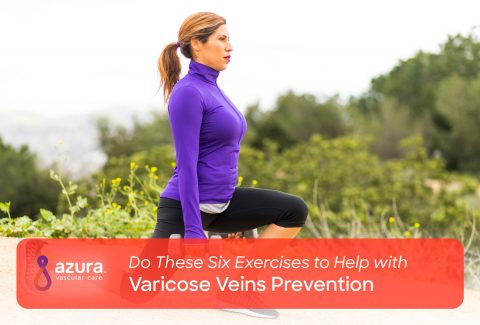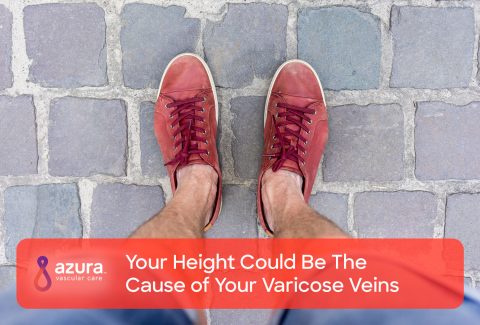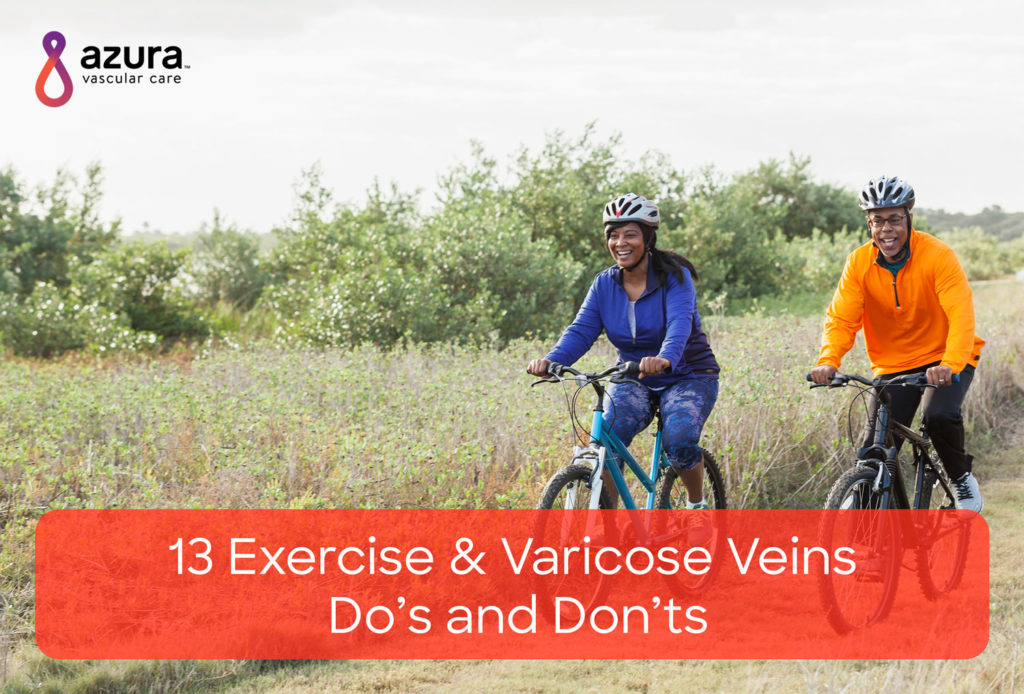
If you have varicose veins, you may find yourself with questions about exercise: including: Can I exercise with varicose veins? Will exercise make my veins worse? Are their exercises for varicose veins that I should and shouldn’t be doing? Maybe your just wondering, what should know about exercise and varicose veins?
First, you should know that varicose veins are common. About 30% of adults have these bulging, blue, twisted veins on their legs. i Varicose veins are caused by dysfunctional vein valves that do not work well. Blood sometimes flows backwards through these valves and the backflow of blood causes the vein walls to stretch.
While it’s recommended that exercise should be a part of any treatment plan to help your veins, you do need to keep a few things in mind when it comes to exercise and varicose veins.
13 Things to Know About Exercise and Varicose Veins
1. DO talk to your doctor – Before you begin any new exercise program, talk to your doctor to make sure that you can safely exercise.
2. DO listen to your body – Always listen to your body. If exercise hurts or seems to make your veins worse, you should stop and talk to your 6. doctor.
3. DO warm up – Start any exercise session with a warm up to get your muscles ready for activity. ii
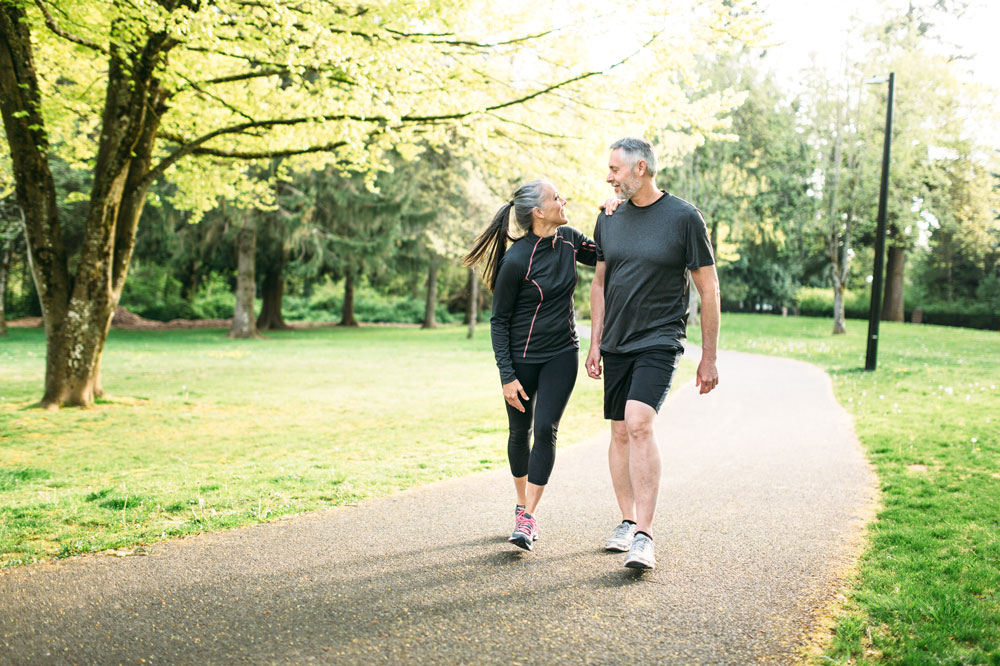
4. DO take walks – Walking is one of the easiest forms of exercise. On nice days, get outside and get some fresh air. In the middle of winter, you can walk around inside a mall. If you have access to a fitness center, treadmills are great. When you walk, the muscles in your legs help push the blood through your veins which decreases pressure on your varicose veins. iii
5. DO pedal a bicycle – Take a bicycle ride, or use a stationary cycle at your gym. Cycling uses your leg muscles and this helps push the blood out of your legs. iii
6. DO go for a swim – Swimming offers many advantages for those with varicose veins. Kicking not only pushes you along in the water, but it also pushes the blood out of your legs. When you swim, your legs will be essentially above the level of your heart at times, because you are horizontal, and this also increases the flow of blood out of your leg veins. iii
7. DO use your calves – Your calves have a very important role in keeping the blood moving in your legs. Even if you can’t go for long walks, you may be able to work your calf muscles by doing standing calf raises. ii Using a chair for support, in a standing position, slowly raise yourself up on your toes and then lower yourself back down. Repeat this 10 – 15 times, then take a short break, and repeat another 10 – 15 times. iv
8. DO work your thighs – Your thigh muscles also help move the blood from your upper legs back to your body. You can work your thigh muscles simply by going from sitting in a chair to standing. Do 10 – 15 10. repetitions, take a break, and then do another 10 – 15 repetitions. ii
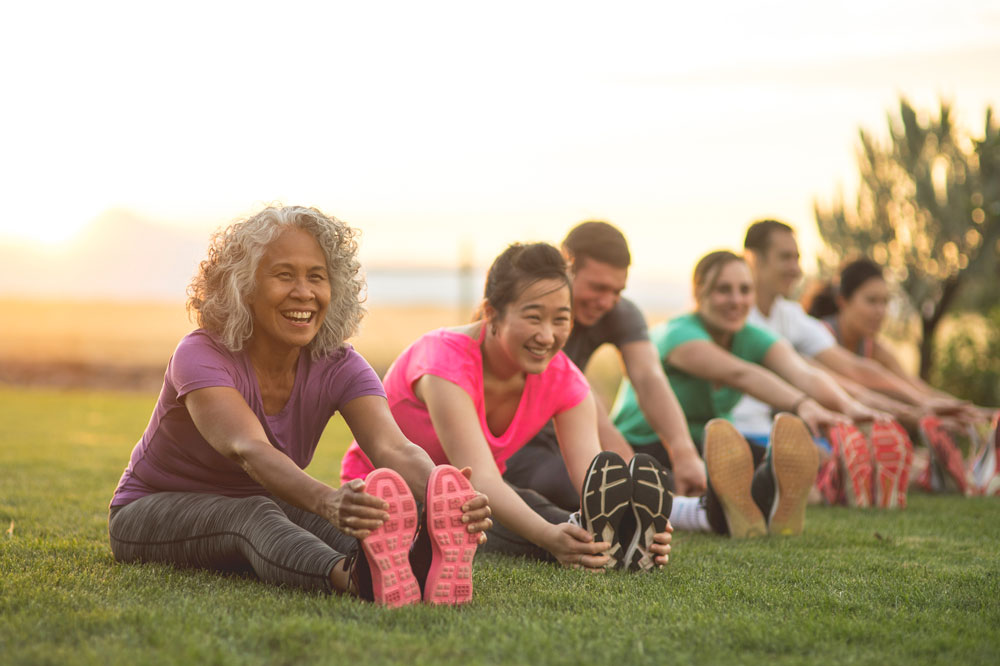
9. DO cool down and stretch – Before you end your workout, you should slow down for a few minutes and then gently stretch out your legs. ii
10. DON’T hold your breath – Any exercise that involves straining, such as squats or sit ups, increases pressure on the veins in your abdomen. Be sure to take slow even breaths because holding your breath puts pressure on your abdomen and can prevent your leg veins from draining.
11. DON’T lift heavy weights – Lifting heavy weights increases the amount of pressure on your veins. Talk to your doctor to see if you should be lifting weights and how much weight is safe for you. v
12. DON’T “just exercise” to take care of your veins– . Don’t forget that exercise is just one part of an overall program to take care of your veins. A healthy diet is also important.
13. DON’T push yourself after vein treatments – Don’t exercise after having any surgery or treatment for your varicose veins without talking to your doctor first.
Before beginning any type of exercise, check with your doctor. If you regularly exercise, you should talk to your doctor about the type of exercise you’re doing. Tell him or her about your varicose veins and any other health issues that may impact your ability to exercise. Your doctor will also be able to talk to you about other ways to keep your legs healthy.
Sources:
i Lin, F., Zhang, S., Sun, Y., Ren, S., Liu, P., The Management of Varicose Veins. Int Surg, 2015. 100: p. 185-189. https://www.ncbi.nlm.nih.gov/pmc/articles/PMC4301287/
ii Tew, G.A., Michaels, J., Cranks, H., Middleton, G., Gumber, A., Klonizakis, M., Supervised exercising training as an adjunctive therapy for venous leg ulcers: study protocol for a randomized controlled trial. Trials, 2015. 16: 443 https://www.ncbi.nlm.nih.gov/pmc/articles/PMC4595245/
iii American Society for Dermatologic Surgery, Do’s and Don’ts for Spider and Varicose Veins. http://www.asds.net/DosDontsTreatmentSpiderVaricoseVeins.aspx (accessed 12/15/2016)
iv National Institute on Aging, Sample Exercises – Strength. https://www.nia.nih.gov/health/publication/exercise-physical-activity/sample-exercises-strength#toestand (reviewed 12/13/2016, accessed 12/15/2016)
v Vascular Cures, Focus on Varicose Veins. 2016. http://vasculardisease.org/images/VDF-Diseases-Flyers/focus-on-varicose-veins-flyerVascular%20Cures.pdf

